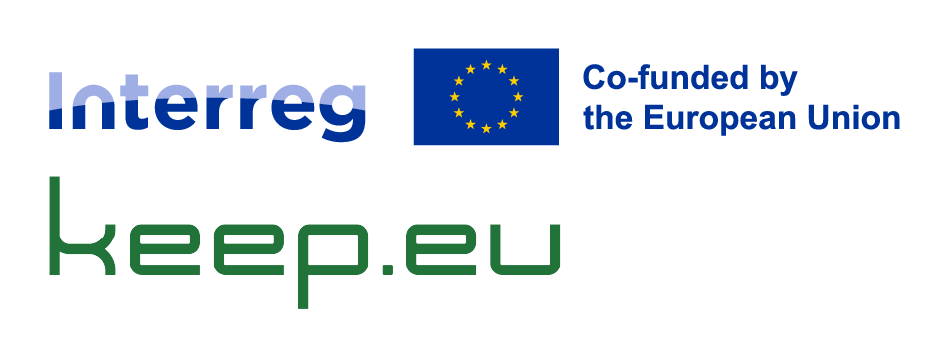Countries and regions. How are regions defined? How can they be used in keep.eu searches?
Geography defines one of the most important filters in keep.eu. Users can search for Interreg, Interreg-IPA cross-border, ENI CBC, and IPA-IPA projects, partners or programmes by region. The concept of region that is used in keep.eu is that of NUTS.
In countries not covered by Eurostat’s NUTS, keep.eu uses other libraries, with differences regarding the depth of geographic drilling (e.g. in some cases there are no equivalent NUTS3 regions, as the library only goes down to NUTS2) and the standard naming of countries and regions. To understand how this all works out together in keep.eu, please refer to the FAQ entry on geocoding.
Regions in a funnel
Keep.eu defines differently regions for projects and partners, on one hand, and for programmes, on the other hand.
The regions assigned to a project and/or a partner stem from the location of a partner. For example, if a partner is located at the centre of the city of Rome, keep.eu will assign it NUTS3 Roma, which is part of NUTS2 Lazio, which in turn is part of NUTS1 Centro, a part of the country (NUTS0) Italy. Users can search for this partner at the level that suits them, from NUTS3 to NUTS0 (more information on geocoding).
Programmes
On the contrary, the areas of the programmes are defined in keep.eu directly by NUTS2 or NUTS3. (The exception are the 2014-2020 IPA-IPA cross-border programmes, whose areas do not show on any keep.eu map, they are only listed on each of these programmes’ pages.)
Keep.eu directly follows the regulations setting up the programmes’ areas. They are not defined by a dot on a map, they are fixed. When the boundaries of the NUTS change, keep.eu applies Eurostat’s guidelines and updates the programmes’ areas.
Projects and documents
Users can also combine regions of different sizes and countries in their searches. In Projects and documents users can even look for partners or projects by the geographic area covered by any European Union macro-regional strategy. (They only need to select the strategy, and keep.eu marks as selected the regions and countries within the area of that very same strategy.) They can combine all these regional, national and macro-regional filters to look for project, partner and programme data in keep.eu.
Check which countries and regions make up the following European Union macro-regional strategies:
- Adriatic-Ionian Region (EUSAIR);
- Alpine Region (EUSALP);
- Danube Region (EUSDR);
- Baltic Sea Region (EUSBSR).
Country and region names in different languages
In any area of the keep.eu website, users may select the countries of their interest by using their English names. The names of the countries covered by Eurostat can also be found by using their national language. This is because the format of these countries’ names is, for example, [EL] Greece / ΕΛΛΑΔΑ, [BG] Bulgaria / БЪЛГАРИЯ, or [ES] Spain / ESPAÑA.
On the other hand, regions’ names in the areas covered by Eurostat are in the official language(s) of the country and, whenever the alphabet used nationally is not Latin, also in English. Regions’ names in areas not covered by Eurostat are in English and, in some cases, in the official language of the country.
Lastly, due to their specificity, the areas of the 2014-2020 IPA-IPA cross-border programmes can be referred to on each of these programmes pages, but they do not show in any region or country in section Countries and regions.
Important: Limitations of geolocation
Geolocation is not a 100% accurate operation. Interact is currently developing a script to assist in the manual spotting and correction of cases in which partners were assigned the wrong regions and/or the wrong country. Until then, use caution and consider that around between 1 and 10% of geolocation results may be incorrect.
The mistakes of geolocation stem from the fact that the software used by keep.eu and Google Maps put the location of the partner in the wrong region, either because the partner is so close to a regional or national border that the software’s imprecise borders place it on the wrong side, or due to some glitches in the basic software itself, if the partner is well inside the region or country.
Attention: Search for programmes by region
This applies to programme search only: 2000-2006 and 2007-2013 programmes are available at country level (NUTS0) only, and they will hence show in all regions belonging to a country partially covered by them.
